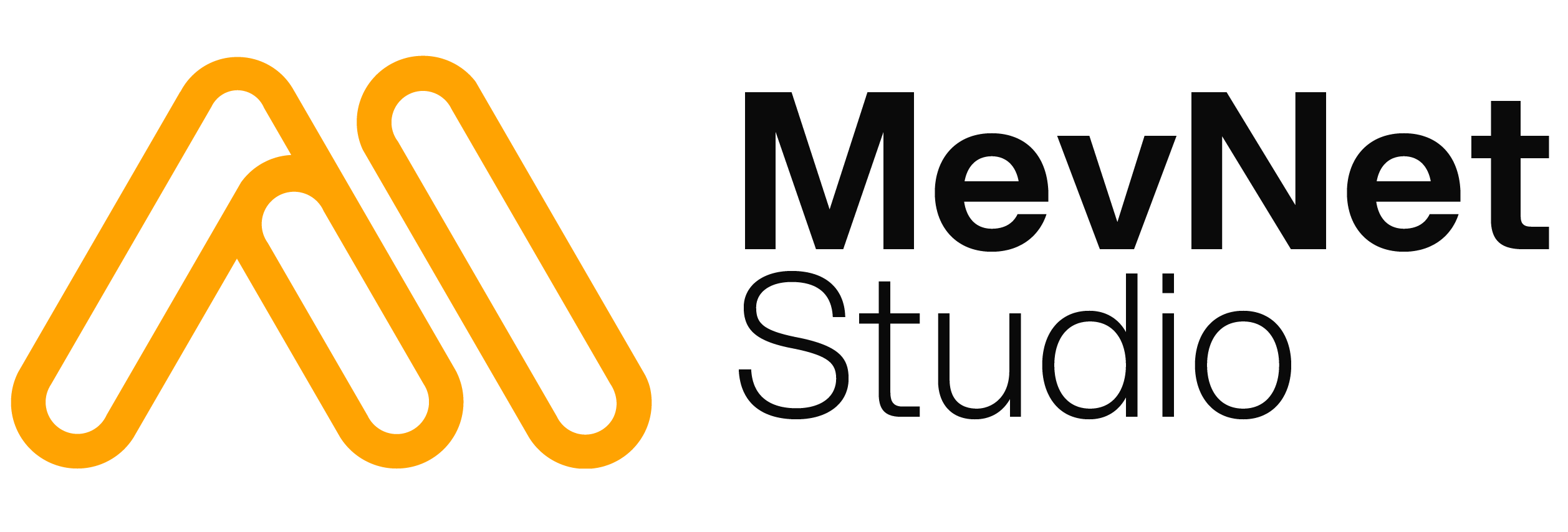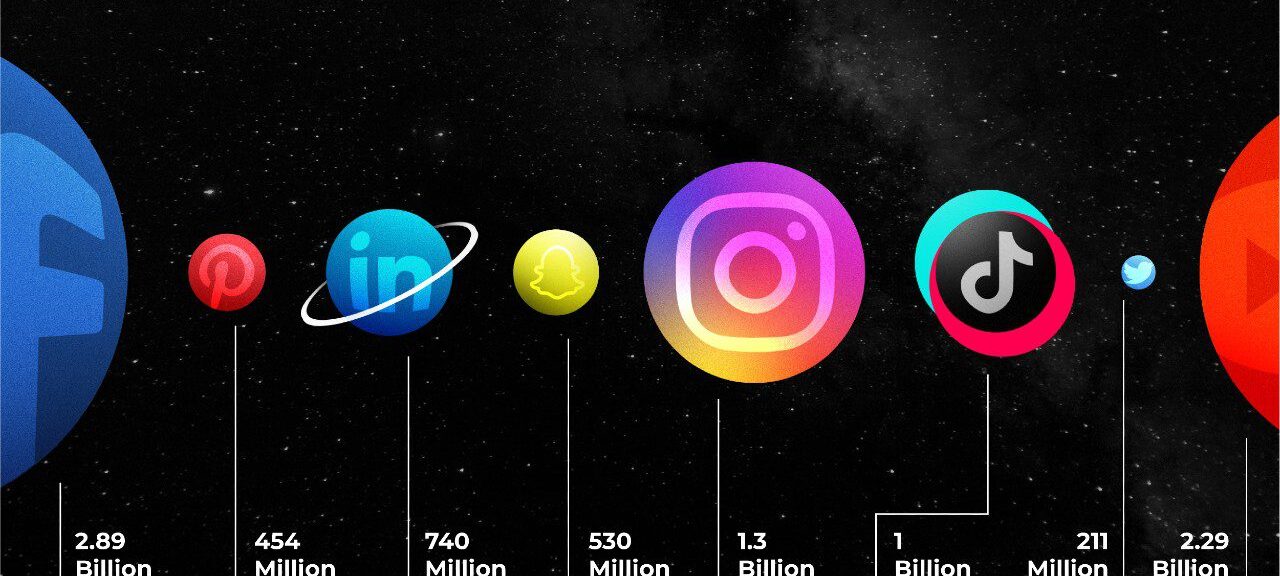So, you’ve done the smart thing and opened a social media account(s) for your business. You’ve been putting out some great content and getting some engagement but still aren’t raking in those mad sales as expected.
Well, generating leads on social media is one thing. Driving sales is another. Even with good social media marketing strategies, many businesses still struggle to convert leads into customers. However, some businesses are making it on social media. As per Statistica, social commerce generated $475 billion in sales in 2020 and will generate $3.37 trillion by 2028, growing at a 28.4% annual pace.
If you are wondering what else you have to do to get a piece of this pie, there are lots to consider. Let’s walk you through some pro tips that can help you convert those leads into loyal customers.
- Sell Directly from Your Social Shopfloor!
In today’s fast-paced world, attention spans are shorter than ever, and the journey from “ooh, fancy widget!” to “purchased and paid for” needs to be smoother than a freshly buffed dance floor. That’s where the magic of social commerce comes in, letting you transform your social media pages into bustling shopfronts where people can discover, fall in love with, and buy your products directly, without ever leaving the platform. Popular social commerce platforms include Facebook Shop, Instagram Shopping, Pinterest Product Pins and TikTok Shop.
Imagine this: a potential customer scrolls through your captivating Instagram feed, mesmerized by the sleek lines of your new gadget. They tap the product tag, learn about its mind-blowing features, and BAM! A seamless checkout pops up, no need to navigate away to some mysterious website. With a few clicks and a happy wallet, that gadget is on its way to their doorstep, all within the familiar (and frankly, addictive) confines of their social bubble.
So, here’s why selling directly on social media is a game-changer:
Frictionless Flow: It’s all about convenience! The easier you make it for people to buy, the more likely they are to convert. Who wants to hop ship mid-purchase, chasing down your website through a maze of clicks? Social commerce keeps everything smooth and satisfying, like a perfectly buttered croissant.
Impulse Power: Social media thrives on instant gratification. By letting people buy on the spot, you tap into that impulsive “gotta have it now” energy (we’ve all been there). No time for second thoughts, just instant shopping bliss!
Brand Storytelling: Remember, social media is all about connection. Selling directly on these platforms allows you to weave your brand narrative right into the buying experience. Showcase product demos, answer questions in real-time, and build relationships with your customers all while they’re adding items to their carts. It’s like a personalized shopping spree with your coolest friend (who also happens to sell awesome stuff).
Of course, there’s more to social commerce than just slapping a “buy now” button on everything. Here are some bonus tips to make your virtual shopfloor sparkle:
High-quality product visuals: Think drool-worthy photos and captivating videos that showcase your products in action. Remember, you’re competing for attention in a sea of content, so make your visuals pop!
Engaging product descriptions: Don’t just list features – tell a story! Highlight the benefits, solve problems, and inject some personality to make your products irresistible.
Interactive elements: Poll your audience for their favorite color, host live Q&A sessions, or offer exclusive discounts for social media shoppers. Make them feel like part of the experience!
So, ditch the website detours and embrace the power of social commerce. Turn your followers into instant fans (and paying customers) by creating a seamless, engaging shopping experience right where they’re already hanging out. Remember, in the digital world, convenience is king (or queen), and the closer you make it for people to buy, the more you’ll watch your “sales” notification sing sweet symphonies of success.
- Offer Exclusive Deals and Promotions
Exclusive deals, discounts and promotions are secret weapons to capturing and retaining customer attention. While captivating content and compelling product stories are undeniably crucial, there’s a potent secret weapon in your social media arsenal: exclusive deals and promotions.
These targeted offers serve a dual purpose. Firstly, they act as irresistible magnets, drawing customers deeper into your social shopfloor. A “flash sale” banner announcing limited-time discounts can instantly transform a casual scroll into a shopping spree. The lure of scarcity triggers the “gotta have it now” impulse, turning passive viewers into active buyers.
Secondly, exclusive promotions cultivate a sense of loyalty and community among your social media audience. By offering deals specifically on your platform, you reward your followers for their engagement, fostering a feeling of being part of an exclusive club. This incentivizes them to keep returning, eagerly awaiting the next surprise offer.
The possibilities for crafting enticing social media exclusives are endless. Consider limited-edition product bundles, early access to new launches, flash discounts on popular items, or even personalized coupons triggered by specific actions or milestones. Each offer can be strategically tailored to your target audience and brand identity, creating a dynamic and engaging shopping experience.
Remember, exclusivity fosters a sense of urgency and desire. By offering deals unavailable elsewhere, you not only boost immediate sales but also encourage brand loyalty and long-term customer engagement. So, unleash your inner dealmaker and turn your social media shopfloor into a treasure trove of exclusive offers – watch your audience come alive with excitement and your sales figures soar!
- Engage Directly with Your Social Media Audience
To truly thrive, businesses need to ditch the one-way street and embrace genuine engagement with their audience. This means diving headfirst into the comment sections, responding to mentions, and fostering a two-way dialogue that strengthens relationships and fosters brand loyalty.
Why is this direct engagement so crucial? Here are just a few reasons:
Building trust and transparency: Responding to comments and questions demonstrates a genuine interest in your audience’s feedback and concerns. It shows you’re not just a faceless corporation, but real people who care about their customers. This transparency builds trust and strengthens the brand image.
Uncovering valuable insights: The comments section is a treasure trove of real-time customer feedback. By actively engaging, you glean valuable insights into their needs, preferences, and pain points. This data informs product development, marketing strategies, and customer service, ensuring you’re always aligned with your audience’s desires.
Fostering a community: Social media is about connection, and what better way to connect than through direct interaction? Responding to comments creates a sense of community and belonging, where your customers feel valued and heard. This fosters brand advocates who are more likely to engage with your content and spread the word.
Turning detractors into advocates: Let’s face it, negative feedback can happen. But by addressing concerns head-on in the comments section, you can turn a potentially negative experience into a positive one. Show your audience you’re listening and willing to work to resolve issues, and you might just convert a disappointed customer into a loyal fan.
Remember, engagement is a two-way street. Actively participate in conversations, respond promptly and professionally, and show genuine interest in your audience’s thoughts and opinions. By investing in this direct dialogue, you’ll build stronger relationships, gain valuable insights, and ultimately, cultivate a thriving online community that fuels your business success.
- Be Consistent with Your Posting Schedule
Imagine strutting onto a bustling market square, setting up your wares with vibrant banners and captivating music. But then, you disappear for days, leaving your stall bare and dusty. Would customers flock back when you finally return? Probably not.
The same principle applies to the ever-shifting marketplace of social media. While your content might be the most dazzling treasure trove, inconsistent posting leaves potential customers bewildered and disengaged. Here’s why consistency is the key to unlocking your social media kingdom:
Building Brand Recognition: Think of each post as a brick in the foundation of your brand’s online presence. A steady stream of content strengthens that foundation, ensuring your brand remains a familiar and welcome sight in your audience’s feed. Inconsistent posting, however, is like taking out those bricks at random, leaving your brand’s image wobbly and unreliable.
Staying Top-of-Mind: Social media algorithms favor active accounts. Consistent posting keeps your brand in the algorithm’s good graces, increasing the chances of your content appearing in your audience’s feeds. Conversely, sporadic posting pushes you further down the algorithm’s ladder, making it harder for potential customers to find you.
Nurturing Engagement: Building relationships with your audience takes time and effort. Consistent posting provides opportunities for regular interaction, fostering trust and loyalty. When you go silent for days, however, you break that fragile thread of connection, leaving your audience feeling abandoned and less likely to engage with you in the future.
Capitalizing on Trends: The social media landscape is a fast-paced river, with trends swirling and surging like rapids. Consistent posting allows you to ride these waves, keeping your brand relevant and capitalizing on trending topics and hashtags. Inconsistent posting, on the other hand, leaves you stranded on the riverbank, watching the exciting currents pass you by.
The Numbers Don’t Lie: Studies have shown that brands that post consistently see a significant increase in engagement, website traffic, and ultimately, sales. A Sprout Social study revealed that brands that post at least once a day experience a 49% higher follower growth rate than those that post less frequently.
Remember, in the bustling marketplace of social media, attention is a fleeting butterfly. Consistent posting ensures your brand catches its eye, while inconsistency risks leaving it flitting to the next shiny post. So, go forth, social media entrepreneurs! Cultivate the habit of consistent content creation, and watch your brand blossom into a thriving hub of engagement and sales.
- Share user-generated content
Forget polished marketing campaigns – the real showstoppers in the social media marketplace are your customers. User-generated content (UGC) is raw, authentic, and resonates like word-of-mouth on steroids. When real people share their experiences with your brand, it builds trust and credibility that your ads can only dream of.
Think of UGC as a window into your audience’s world. You understand them, but they know themselves best. Sharing their content shows you’re not just listening, you’re actively engaging with their lives. The result? Deeper connections, stronger communities, and a brand that thrives on shared experiences.
But UGC isn’t just about heartwarming stories. It’s a goldmine of inspiration. Seeing how customers use your products sparks fresh campaign ideas, refines your messaging, and keeps you in tune with what they truly desire. Plus, social media algorithms love UGC. Every share is a ripple, carrying your brand beyond your current follower base and into exciting new waters.
So, embrace the buzz, amplify the voices of your community, and watch your brand transform from a performer to a conductor, orchestrating a captivating symphony of shared experiences and social media success. Remember, in the digital marketplace, authenticity is the currency that buys loyalty. And UGC? Well, that’s pure brand gold.
Remember:
In the ever-evolving digital marketplace, social media is your vibrant storefront, your captivating performance space, and your bustling community hub. By mastering the art of consistent posting, amplifying user-generated content, and tailoring your message to specific platforms, you unlock the true potential of your online presence. It’s not just about broadcasting – it’s about engaging, connecting, and fostering a thriving community around your brand.
MevNet Studios is your strategic partner in this digital journey, ready to equip you with the tools and expertise to build a social media empire that resonates, converts, and inspires.
Reach out today and let us help you orchestrate a symphony of success in the vibrant digital landscape.















